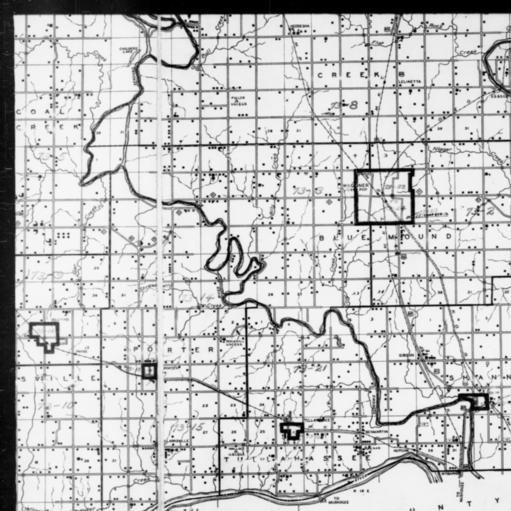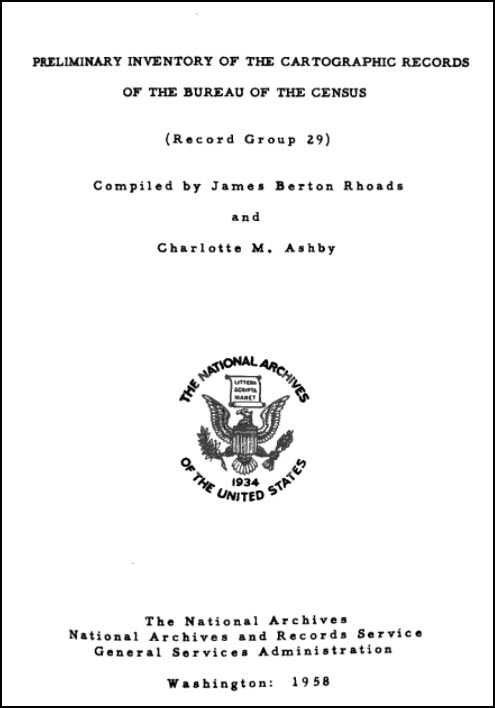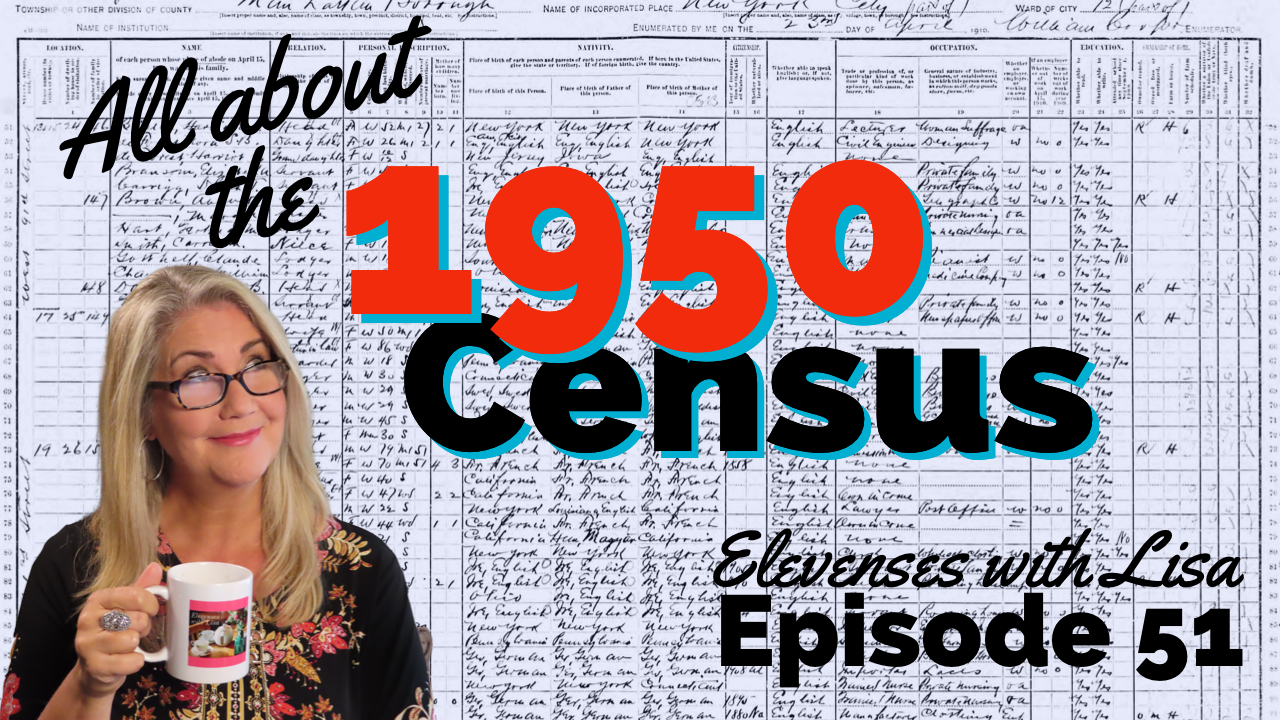by Lisa Cooke | May 6, 2016 | 01 What's New, Records & databases
 Here’s this week’s roundup of new genealogy records online: Australia, France, New Zealand and, in the U.S., records for AK, CO, IL, IN, MA, MD, ME, NH, NY, PA and WI.
Here’s this week’s roundup of new genealogy records online: Australia, France, New Zealand and, in the U.S., records for AK, CO, IL, IN, MA, MD, ME, NH, NY, PA and WI.
AUSTRALIA – NORTHERN TERRITORY – PROBATE. Ancestry.com has a new probate index (1911-1994) for Northern Territory, Australia. The collection includes images of an index “organized first by year range, then alphabetically by surname and given name.”
FRANCE – MILITARY. FamilySearch.org has published a new online index to military conscription records for Saône-et-Loire (1867-1940). Privacy restrictions apply to those born less than 120 years ago.
NEW ZEALAND – PROBATE. More than 350,000 browsable records (and over 10,000 indexed records) have been added to a free FamilySearch.org collection of New Zealand probate records (1843-1998). Original records are sourced from Archives New Zealand offices in Auckland, Wellington, Christchurch and Dunedin.
US – VARIOUS – MARINE. Over 315,000 records are part of a new Ancestry.com collection of applications for seaman’s protection certificates, (1916-1940).
US – VARIOUS – MARRIAGE. Findmypast.com announced the addition of around 10 million additional U.S. marriage records to its growing online collection. According to a press release, “This second installment includes significant additions from Indiana, New York, Illinois, Pennsylvania and Maine.” Nearly a million of these are new to online publication and, at least for now, exclusive to Findmypast. (The collection is part of a FamilySearch partnership.)
US – VARIOUS – PROBATE. Ancestry.com has updated its collections of wills and probate records for Wisconsin, Maryland and Colorado. Coverage by time period and county varies.
US – ARKANSAS – CIVIL WAR. About 172,000 indexed records have been added to a free FamilySearch collection of Arkansas Ex-Confederate Pension Records (1891-1939).
US – MASSACHUSETTS – TOWN CLERK RECORDS. FamilySearch has added nearly half a million indexed names to its free online collection, Massachusetts Town Clerk Vital and Town Records 1626-2001. A new related collection of Massachusetts town records is also available on FamilySearch.
US – NEW HAMPSHIRE. Over 100,000 indexed records have been added to a free FamilySearch.org collection of New Hampshire Birth Certificates (1901-1909). According to the collection description, “Records consist of index cards that give the town and date of the event and often much more information.”
 New genealogy records appear online by the millions every week. Keep current by subscribing to the free weekly Genealogy Gems email newsletter. The newsletter comes with a free e-book by Lisa Louise Cooke on Google search strategies you can use to find MORE genealogy records online that you need. Simply enter your email address in the box at the top of this webpage where it says “Sign up.”
New genealogy records appear online by the millions every week. Keep current by subscribing to the free weekly Genealogy Gems email newsletter. The newsletter comes with a free e-book by Lisa Louise Cooke on Google search strategies you can use to find MORE genealogy records online that you need. Simply enter your email address in the box at the top of this webpage where it says “Sign up.”
by Lisa Cooke | Apr 2, 2014 | 01 What's New, Census, Maps
Looking for enumeration district maps for the U.S. Federal Census? You’re not alone!

1940 Census Enumeration District Map, Oklahoma, Wagoner County, http://research.archives.gov/description/5836456
Recently Genealogy Gems podcast listener Michelle in Denver, Colorado, wrote in with this question:
“Where can I find individual enumeration district maps? I don’t need a state-wide map showing the divisions between enumeration districts, but a map showing the numbered households within a single enumeration district.”
My answer: How to find Enumeration District Maps
First, here’s a little back story from the National Archives (U.S.) website:
“An enumeration district, as used by the Bureau of the Census, was an area that could be covered by a single enumerator (census taker) in one census period. Enumeration districts varied in size from several city blocks in densely populated urban areas to an entire county in sparsely populated rural areas.
Enumeration district maps show the boundaries and the numbers of the census enumeration districts, which were established to help administer and control data collection. Wards, precincts, incorporated areas, urban unincorporated areas, townships, census supervisors` districts, and congressional districts may also appear on some maps. The content of enumeration district maps vary greatly.
The base maps were obtained locally and include postal route maps, General Land Office maps, soil survey maps, and maps produced by city, county, and state government offices as well as commercial printers. Census officials then drew the enumeration district boundaries and numbers on these base maps.” (Check out the full article here.)
Enumeration district maps are not available in all years and all locations. 1940 ED maps are available on the National Archives (U.S.) website. (Scroll down to item 3 for instructions on getting to these through the Online Public Access search.) You’ll see that only the enumeration district numbers and street names are marked on the maps. Individual homes are not.
You might be wondering, are there enumeration district maps before 1940? They are limited but the answer is yes. Enumeration District maps are also available for the 1900 through 1930 censuses. You can browse and download the maps for free at FamilySearch. Search for title The United States enumeration district maps for the twelfth through the sixteenth US censuses, 1900-1940.
For censuses before 1900, the government used voting districts as enumeration districts. Find voting district maps in the Library of Congress book, Ward Maps of the United States : A Selective Checklist of Pre-1900 Maps in the Library of Congress. (The links here lead to WorldCat search results for these titles. WorldCat will tell you about libraries that have these books.)
Next, turn to the book Cartographic Records of the Census Bureau for a listing of maps available back into the 19th century at the National Archives. It’s available as an ebook which you can read online or download for free from Google Books. This book is an invaluable resource for finding much early maps at available at the National Archives on microfilm.
Enumeration District (ED) Map Finder
If you just want to find the enumeration district number of an address you already know, go to the Unified Census ED Finder at Steve Morse’s One-Step genealogy website.
At the top of the Unified Census ED Finder page start by selecting the census year (currently 1870 through 1950.) Next, enter as much information as you know about the location such as the county. Select the city from the list of cities displayed. You will then be able to enter street-level information. If you select “other” from the city list, you can then type in the city or town name. Continue to follow the prompts and instructions.
Here are a few more things to keep in mind as you find and use ED maps:
In cities, there are often two columns of numbers in the census population enumeration (typically on the far left of the page). There’s house number and the number representing the order in which the enumerator visited the house (which has nothing to do with the house number). If you can’t find a relative in once census, pull the address from one census and use it in the Steve Morse database above to pull up the enumeration district for your missing decade.

Sanborn Fire Insurance Maps can be helpful when searching for old Enumeration District Maps.
Depending on the year you are researching, try to locate a Sanborn fire insurance map for the area. Sanborn maps do include drawings of individual homes and include their house number. Genealogy Gems Premium Podcast Episode 47 is all about Sanborn fire maps. On the show notes page I even include a list of links to many Sanborn map collections, organized by state.
Final Thoughts: The Newest ED Maps Available Online
The 1950 enumeration district maps are now available for free online. Read my article The 1950 Census for Genealogy and watch the video to learn how to access them for free.
 Here’s this week’s roundup of new genealogy records online: Australia, France, New Zealand and, in the U.S., records for AK, CO, IL, IN, MA, MD, ME, NH, NY, PA and WI.
Here’s this week’s roundup of new genealogy records online: Australia, France, New Zealand and, in the U.S., records for AK, CO, IL, IN, MA, MD, ME, NH, NY, PA and WI. New genealogy records appear online by the millions every week. Keep current by subscribing to the free weekly Genealogy Gems email newsletter. The newsletter comes with a free e-book by Lisa Louise Cooke on Google search strategies you can use to find MORE genealogy records online that you need. Simply enter your email address in the box at the top of this webpage where it says “Sign up.”
New genealogy records appear online by the millions every week. Keep current by subscribing to the free weekly Genealogy Gems email newsletter. The newsletter comes with a free e-book by Lisa Louise Cooke on Google search strategies you can use to find MORE genealogy records online that you need. Simply enter your email address in the box at the top of this webpage where it says “Sign up.”



